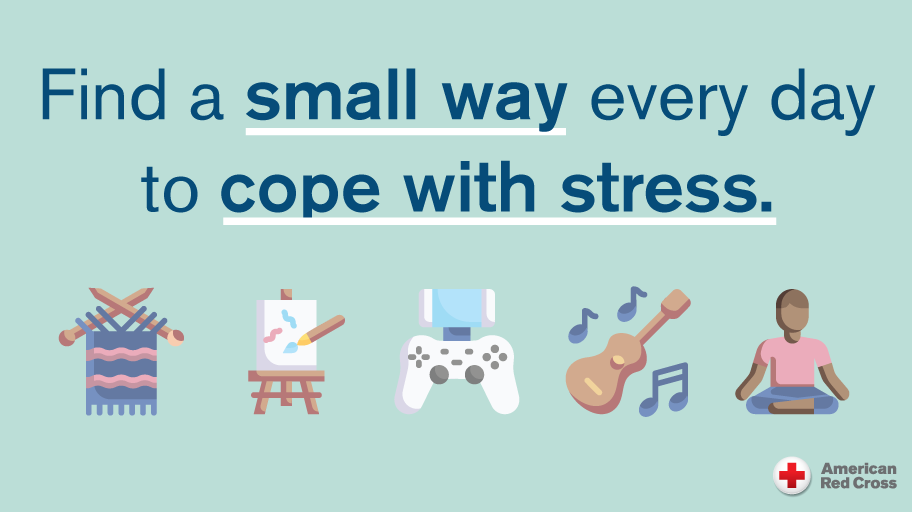By Samantha Munro

This year’s Mental Health Awareness Month theme, “Where to Start: Mental Health in a Changing World,” is very fitting in today’s society. When you think you may have a basic understanding and things “seem” to be going well, we are hit with more truths whether it be about ourselves or the world at large.
During this time period, we reset ourselves in a way to tackle all of the information coming our way — filtering the noise and narrowing down on “What can I do about this situation and how can it help me and those to come?”.
As we focus on mental health, it is important to know that it is an ongoing journey to strengthen the mind, to embrace the good and not to let the bad knock us down. Though we may feel like we are falling, the understanding of how your mind works, your fears, weakness and strengths can help you get the help you need that caters to your mind’s improvement.
Mental health awareness is something that everyone should keep in mind of because we will all need it at one point or another, whether dealing with unfair treatment at the workplace, discord between family or friends, or frustration at the ongoing injustices in our world.
To tie this into the American Red Cross, when it comes to disasters, people may feel grief or anger over the damage or loss, fear or hopelessness when thinking about rebuilding their lives, and not knowing where or how to begin.
This is why the Red Cross offers Disaster Mental Health Team provides support by licensed professionals who volunteer their time and talent when disaster strikes. It is crucial for people to know that there is help available to them after experiencing a disaster. Knowing that you are not alone, that there are people who are available to assist you with getting your life back on track one day at a time can give you hope and a peace of mind!
In the end, no matter where you are on this journey, call life, always know where to go and who to turn to whenever you feel lost. You can start with the resources provided below. Also, if you feel as though you can be that resource in someone else’s life and you have the credentials, please consider becoming a Red Cross Disaster Mental Health volunteer.
Mental Health Resources:




















